By George Pór for Enlivening Edge Magazine
This article is a sequel to Circle of LifeWork. While what I wrote a year ago was focused on the map of my LifeWork, this one gives more emphasis to how you can create yours, and is using my current map mostly for illustration.
- Casting the Circle
Casting the circle starts with uncluttering my desktop, which helps me unclutter my mind. The circle is the most ancient form of humans gathering in council. I’ve been evoking and honoring the wisdom of that container to cast my Circle of LifeWork once a year, around my birthday. Today is the day.
I go into this personal ceremony with a sense of reverence for Life and gratitude for all the gifts of growing and the friendships Life brought me in the past year. There is an excitement in the air, just like before the completion of a work of art (the new me that has been emerging in 2016), mixed with excitement from the joyous anticipation of what I might become next.
I purify my writing den with the smoke of white sage. It goes directly into the heart of fond memories of entering the Medicine Wheel through the East gate. Here in the den, the sage helps to sever my relationship with everyday work and to extricate my mind from the world of client assignments and submission deadlines.
I light one of my favorite teal candles to bring FIRE into ceremony; I WATER the thirsty EARTH in the pot that holds the Dragon tree on my desk, and throughout this time I keep half of my attention focused on the AIR passing through my nostrils. With that, I now complete evoking the elementals and requesting their blessing.
- What Lifework Is and Isn’t
LifeWork is not lifework; it’s not about the entire work of my lifetime. It is the changing, evolving work with which I’m gifting Life back.
LifeWork is the multi-dimensional creativity with which we respond to Life in a way that serves the common good. Casting the Circle involves identifying and orienting each of those dimensions to one of the main directions of the compass.
They are not abstract entities but inner allies, with whom I have a sometimes complicated, but always rich relationship. They all want to come out and play, and they do that, but typically not at the same time.
Which of them comes to the forefront and at what time, is a function of the attraction that pulls my attention towards one or another talent of mine, in response to various opportunities (and challenges) I feel inspired to address.
- Roles in the Circle of LifeWork
The directions in my Circle of LifeWork represent roles in the Holacratic sense; they are organizational entities used to define certain functions of the organization. The definition of a Role includes a Purpose to express, Domain(s) to control, and Accountabilities to perform.
What makes the Holacratic concept of “role” suitable to play in structuring the energies present in the Circle is that we all are organizations. Not institution, but organization in the sense of bottom-up organizing of the atoms, molecules, tissues and organs that make up our body, and the joint organizing of our social identity with the social fields in which we are embedded.
Here’s how that works. One of my most intimately personal choices is about what aspect of my creative life force I recognize as not only an inspired impulse, but a sustained role I play in the drama of my aliveness. For a closer look, it turns out that even that individual choice is profoundly social, at least for me. Who the other players are in the scenes I choose to show up in has a big impact on shaping my part of the play.
The most influential shapers of my roles are my friendships. The visual representation of the Circle is a static snapshot of something in constant movement. When a new friend arrives to my life, and with her or him a new call arrives to one of my potentials to come out and play, then it frequently leads to new projects and discovering/awakening a role that has been dormant.
- Purpose, Domain, Accountabilities, and Projects
The purpose of each role in the Circle of LifeWork is to contribute to the expression of the overall Evolutionary Purpose of those whose life they are playing in. That greater purpose orients the purpose of the roles, which in turn, orients their projects and actions.
In my case, that greater purpose is the widespread realization that none of us can be free until all of us are, which is a necessary step towards humankind’s awakening to its collective sentience. The main function of the roles in my Circle of LifeWork is to bring their distinctive gifts to bear on that purpose.
To describe the domain of a role, I borrow from the terminology of communities of practice, where it stands for a distinctive area of praxis and a bundle of competences, which, in the case of a role in a Circle of LifeWork, define the role’s identity.
An “accountability” in Holacracy, as in the “Circle of LifeWork” practice, refers to an ongoing activity expected of a Role. Being accountable for a certain line of work, the role informs its “colleagues” what they can count on it for.
The accountabilities are frequently performed through distinct projects, described in terms of a specific outcome that requires multiple, sequential actions to complete. A full-blown map of one’s Circle can be used for “drilling down” from roles to accountabilities and projects, thus linking the high-level articulation of one’s facets of creativity with a system where the person can track and discover synergies across projects.
- Orienting the Roles in a Four-Directional Circle
The visual pattern of the Circle is inspired by the Medicine Wheel of the Native American traditions. The Wheel has 4 or 8 directions and in different years I used one or the other version, depending on whether the number of roles in my Circle was increasing or concentrating into 4 key roles.
Over the years, I observed a rhythm of alternating expanding and narrowing down the number of roles. It’s not that the total volume of my work grew more or less. It’s more like, sometimes, I give my projects more room to play, by clustering them into more containers I call a “role.” That act allows the complexity of my projects portfolio to be matched by the requisite number of containers.
Other times, when that complexity starts becoming overwhelming, I feel the need to focus and simplify, which pushes the question in the forefront: What work is really most essential in this phase of my life? And I move from 8-directional to the 4-directional Circle of LifeWork. See also what I wrote about the dangers of over-structuring or under-structuring the number of roles in my article about the subject, a year ago.
On that circle, each direction of the compass corresponds to, and gets informed by, the core human attributes, the four elements, and the archetypal energies symbolized by the Medicine Wheel. Please note that the placing of the roles in those directions is not arbitrary and not an act of mental classification.
The orientation of the roles will enjoy the extra meaning and support that the different directions give them only when the casting of the Circle is happening through a deep dialogue with those archetypal energies. I’m fortunate to having been trained for 10 years in the ways of the Medicine Wheel, by the elders of the Ehama Institute of Earth Wisdom Teachings. I’ve developed and am sharing the Circle of LifeWork, in part, to pay it forward.
- The Map Is Not Territory
The map presented in the Circle of LifeWork and its underlying deeper pattern, the Medicine Wheel, are not the territory. The territory we can map with the Circle is the various forms in which the creative impulse manifests in us.
While our life is in constant unfolding, the snapshots that the Circle provides can serve as signposts, reflecting where we are on our LifeWork journey. They are holistic representations supported by fundamental qualities of existence, such as the four elementals and the four primary ways in which the human manifests the self.
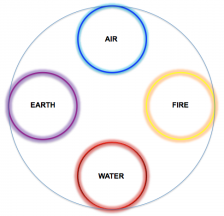
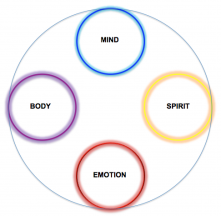
What is represented in the four directions of both of those maps has numerous qualities and attributes, the profound understanding of which informs the orientation of the LifeWork map. See an example of that in how, in my Circle of Lifework on Facebook, the vision Holder on East is associated with Meaning Making, the Evolutionary Agent on the South with Relationship Building, the Co-intelligence Catalyst on the West with Co-evolution Fostering, and the Praxis Researcher on the North with Knowledge Creation.
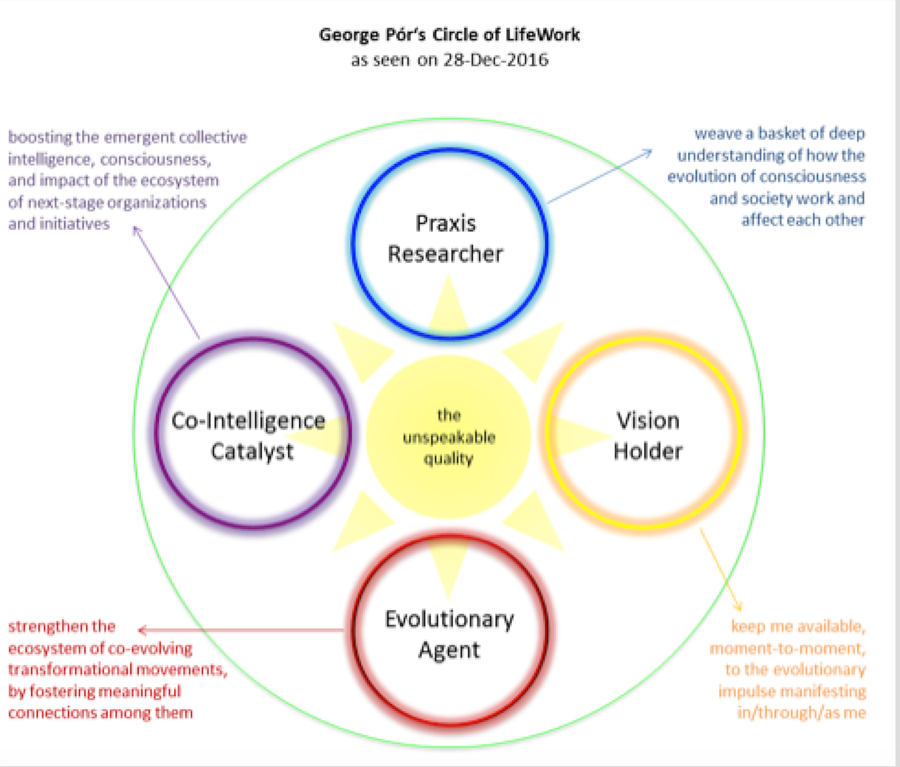
Just like in nature, in the Circle none of these directions stands alone; each exists because of the others. There’s no co-evolution without relationship-building, no knowledge development without meaning-making, and vice versa, and so on. To fully embody the wisdom of one, I have to embrace all four.
- The Benefits of LifeWork Mapping
We are at the very beginning of LifeWork mapping as a shared practice, so while I can assert the fruits it bore to my life, I have only anecdotal information of how it affected other practitioners. Those benefits will most likely show up at three different scales: the individual, the collective, and evolution itself. Working on his own LifeWork map and a collective mapping project in one of the U.Labs of London, Andy Paice contributed to spelling out some of what follows.
For individuals, LifeWork mapping:
- Helps understanding ourselves as multidimensional, multi-potential beings and maintaining a keen sense of meaning in our work activities, by linking them with our roles.
- May reveal the roles and functions played in one’s life, which could otherwise go unexamined or even unnoticed.
- Helps parts of ourselves emerge and be acknowledged, thus letting us feel more integrated as a human being.
- Makes possible to accomplish more with less, by inspiring the discovery of hidden synergies and multiple yields across one’s various roles, accountabilities, and projects.
- Allows us to access beautiful simplicity on the other side of our life’s complexity, thus contributing to our peace of mind (“I feel more calm and confident when it’s mapped out”).
- Supports the sloughing off work that is not mine to do anymore.
- Serves as a starting framework for the weekly and moment-to-moment prioritizing of action items across roles, accountabilities, and projects.
- Corollary to the two points above, the role that I may choose to focus on for the day saves me from going down in a rabbit hole of hyperlinks, as I’m navigating the Web.
- Records the cumulative trajectory of our creativity and contributions to the world, over the years.
For teams and organizations, LifeWork mapping:
- Gives an instantaneous glimpse of the essential roles others are playing, and serve as invitations to play with them from our resonant roles. Test this possibility when you review a more detailed version of my map on Facebook.
- Gives people with similar or complementary roles the opportunity to find each other, connect, and engage in collaborative projects along the lines where their roles meet.
- Helps seeing others more clearly as multidimensional beings.
- Provides a picture of the various purposes the roles have in one’s life, thus enabling people in collaborative groups to form functionally-aligned relationships of mutual support.
Once spread beyond the scale of organizations, LifeWork mapping practice represents the evolutionary advantage of:
- Facilitating the shift towards a world of increasing interconnectedness and collaborative relationships through emergent and precise, bottom-up coordination of action among conscious agents.
- More people being capable of letting go of fixation on their small self and embracing their extended self seen in the bigger picture of the connecting Circles of LifeWork.
- Evoking exquisite patterns of deeper meaning that can become visible only when people engage as co-energizers of resonant roles: the connected web of evolutionary functions, for which we’re placeholders.
- A multi-user game, in which “players find themselves co-creating the web of meaning they live and which provides their resources, obstacles, and challenges. In some moments in the game, the players are invited to take a look at that whole they are part of, and may see some potential for their development and that of the Then go back playing. One could call it the game of life. An evolving model of us and our surrounding universe as we move along.” (Rainer von Leoprechting)
- Who can benefit?
The Circle of LifeWork practice is definitely not for everyone. You have to experience the complexities of a many-faceted worklife before you can truly appreciate the difference mapping can bring to it.
It is best suited for people who constantly juggle a range of professional identities, have to allocate their time among various roles they play in self-managing next-stage organizations, or are change agents of any kind who are frequently tempted to engage with more opportunities than they humanly can handle.
That category also includes start-up entrepreneurs, future-responsive leaders in business, government, civil society, consultants supporting them, and just about anybody not shackled to a “cog-in-the-machine” job description. But even people in the latter case benefit from the LifeWork mapping practice if they then find other outlets, besides their 9-5 job, to manifest what they can bring to the world.
LifeWork mapping starts as an individual practice of making more meaning of our life, but as it unfolds, it rapidly becomes a community art. If any of the above inspires you, start practicing it, and if interested in future practice-development opportunities, please say so.

George Pór is an evolutionary thinker and a strategic learning partner to visionary leaders in business, government, and civil society. He is the originator of Enlivening Edge, and has been publishing the Blog of Collective Intelligence since 2003. A select list of his articles and book chapters on the fields of collective intelligence, organizational and social renewal can be found here. More about George’s work on the enlivening edge of planetary transformation is here.
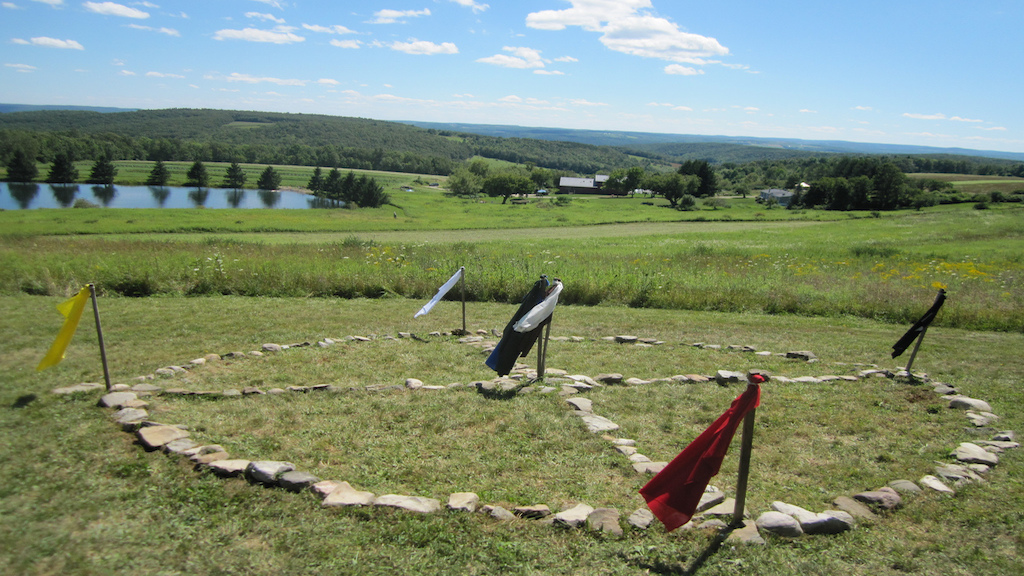

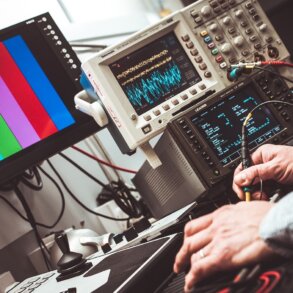

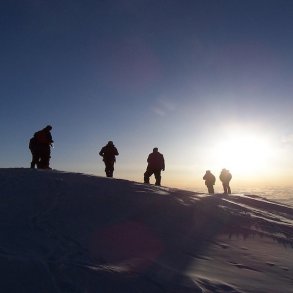
Dear George. This post is such a gift. Thank you. This is why I appreciate it so much:
Last year under the influence of Andy Paice I did my “Holacracy of One” exercise. It was in preparation for the event written up as “A Collective Breakthrough! U.Lab Prototyping in London” https://enliveningedge.org/tools-practices/collective-breakthrough-u-lab-prototyping-london/ You may remember that, around that time, Sally McCutchion had generously offered me some help launching a Holacracy – and you helped me to think about that – and why the organisation I had in mind (FASST) wasn’t a good fit.
Earlier this month I wrote an update “FASST lessons from Holacracy during 2016 – and looking ahead” – http://dadamacconnect.london/fasst-lessons-from-holacracy-during-2016-and-looking-ahead/
Since I came home after Christmas I have been aware of a desire to update my “Holacracy of One” (so I’m ready to move on with new clarity for the year ahead) but with false starts on doing it. Then your post landed in my inbox to encourage me to continue. So far I have only scanned your post (and some of the links) quickly and seen that you say “The Circle of LifeWork practice is ….. best suited for people who … are change agents of any kind who are frequently tempted to engage with more opportunities than they humanly can handle.” and I recognise myself in that description. Beyond that I can currently only relate to “Casting the circle starts with uncluttering my desktop, which helps me unclutter my mind”. It’s late, so I’ll read it more tomorrow, and discover then what action to take (when I’ve slept and read more carefully and when my table-top and mind are less cluttered). I anticipate that it may well be a message to you seeking advice.
A characteristically generous sharing, George, thank you. Whilst I feel an inner resistance to stopping to go through a mapping process, I also know that your advice is sound; that doing so will bring deep value.
Jules, your insight about “doing so will bring deep value” is spot on! Which of 16 benefits of this practice, named in the article above, speaks to you the most?